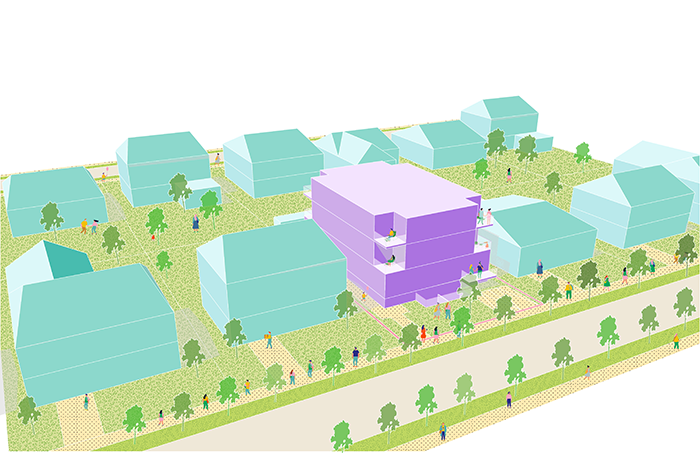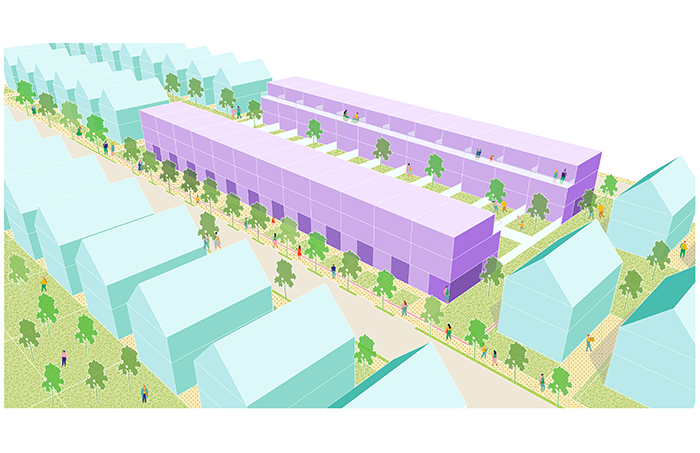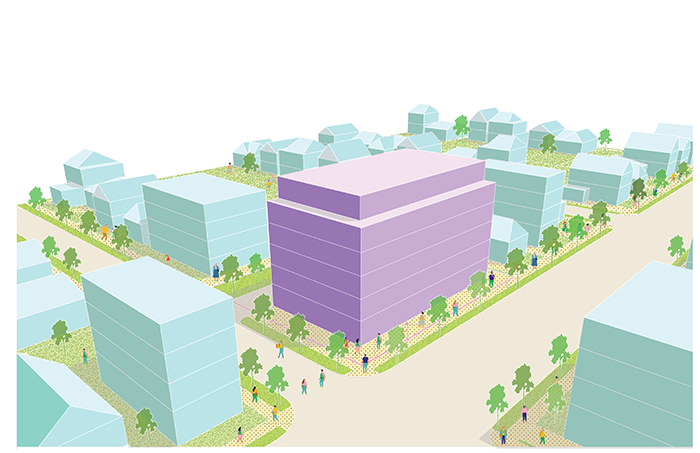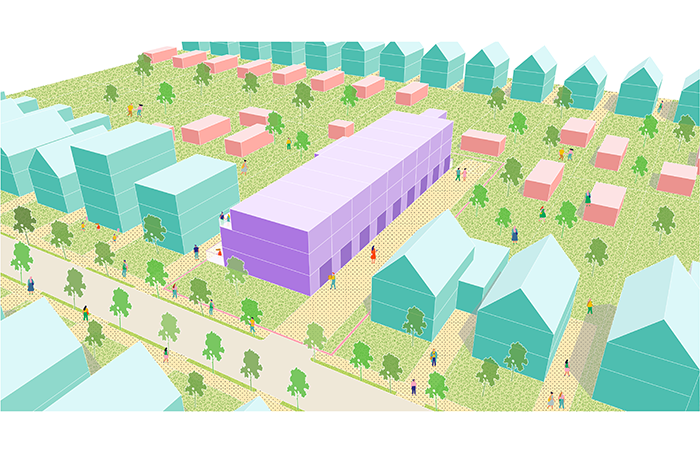Missing Middle housing has become the type of housing communities wish to see more of. “Middle” could speak to many factors: height, size, income, and demographics. But could it be that we missed the opportunity to achieve the missing middle, and make it affordable? The burning question remains: Does it pencil? Is it feasible?
Client: City of Kitchener
Location: Kitchener, ON
Scale: Missing Middle
Lead: Parcel Economics
Team: Strategy Corp
Project Duration: 2022
This pivotal question guided the comprehensive study commissioned by the City of Kitchener. Led by Parcel Economics in partnership with Smart Density and Strategy Corp aimed to test the feasibility of developing missing middle housing, and its potential affordability in particular.
Qualitative and quantitative research was the backbone, exploring market conditions, engaging stakeholders, and crafting prototypes for viable solutions.

The Challenge
Kitchener, like many other cities in Ontario, is experiencing a housing crisis—limited options and soaring prices. The Missing Middle remains an untapped opportunity due to market performance and feasibility concerns.


The Opportunity
The city stands at a pivotal point. A multifaceted solution, blending financial, process, and policy incentives, emerges from the study—could it be a potential game-changer for Kitchener’s economic and social landscape?
The Typologies
Smart Density designed several prototypes for key housing types like New Format Towns, Plexes, Low-Rise, and Mid-Rise apartments. Around 24,300 properties in Kitchener are ripe for these models, holding the potential to accommodate a significant portion of future residents.

Key Findings & Recommendations
Two solid recommendations surfaced:
- Solidify Vision & Partnerships: The city should align its vision with evolving policies and bolster partnerships to drive missing middle and affordable housing.
- Implement Incentives: Four key incentives were proposed—tax adjustments, reduced approval timelines, height & density allowances, and parking reductions—each prioritized for maximum impact.
Implementation
The focus narrows on diversity and affordability:
- Diversity: Targeted incentives for Plexes and Low-Rise developments.
- Affordability: Leveraging High-Rise developments to offset affordable housing challenges.
Next Steps
- Bold Actions: Encourage diverse residential development with decisive changes in zoning.
- Clarity & Education: Define, communicate, and educate on missing middle and affordable housing.
- Replicability & Funding: Explore templated approval systems and external funding opportunities.

